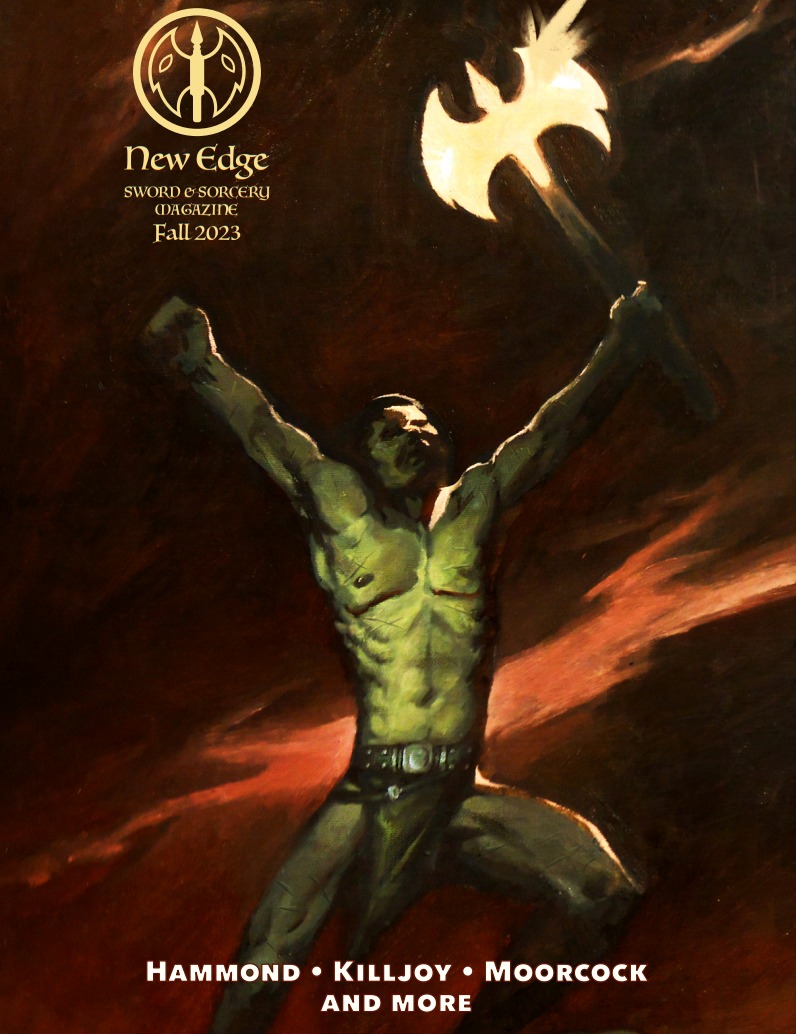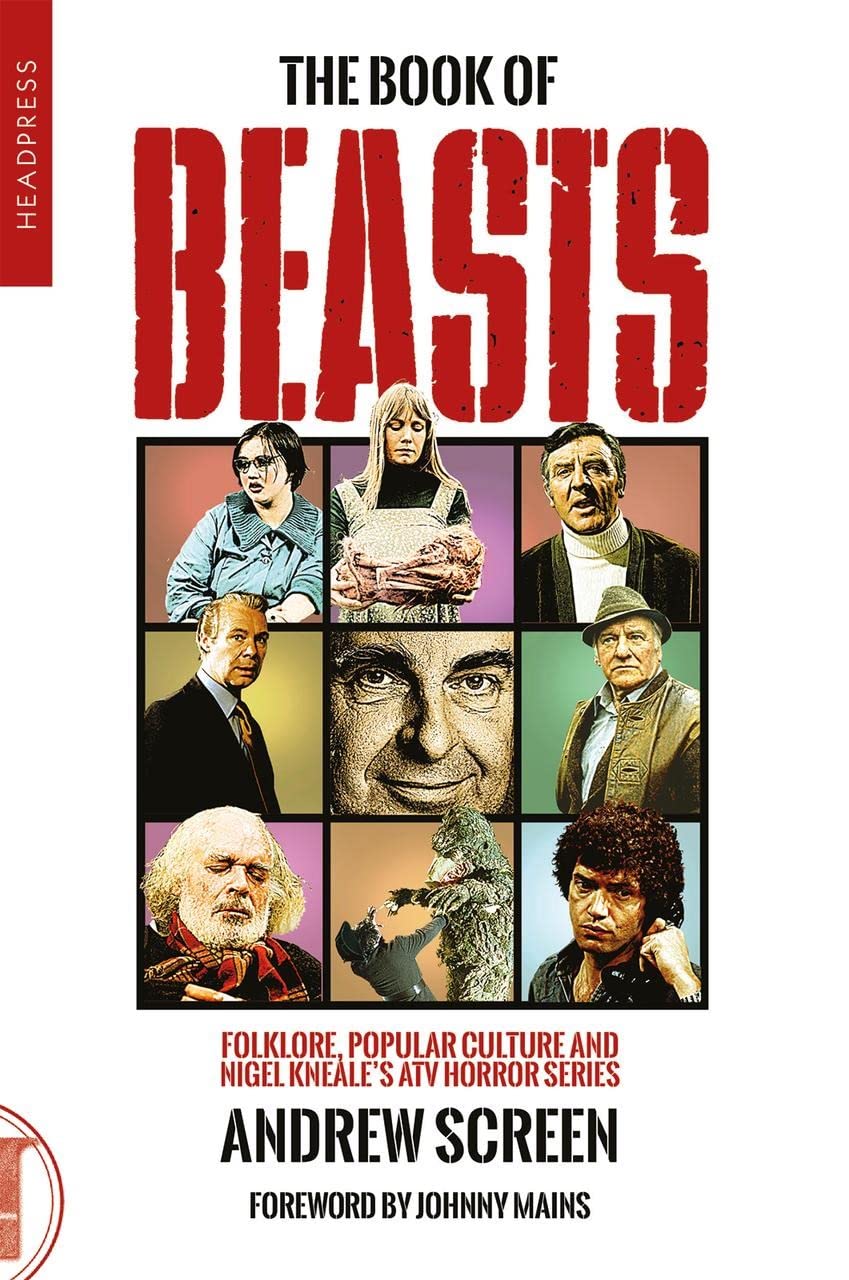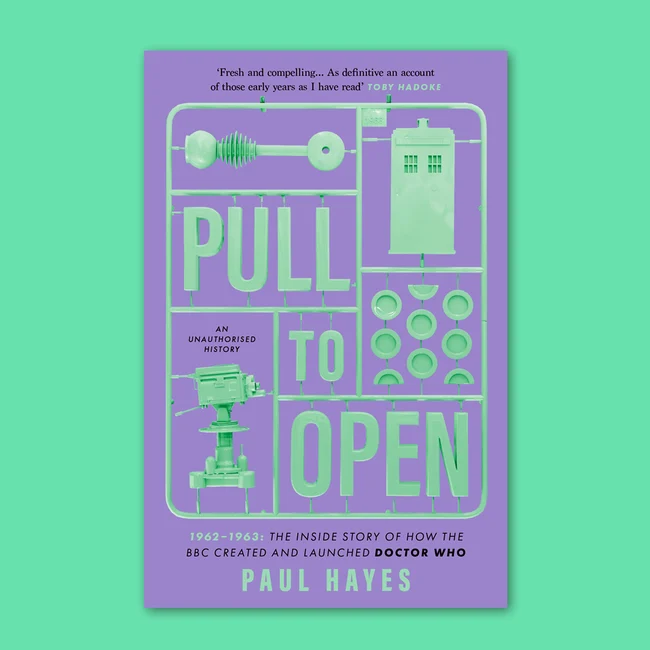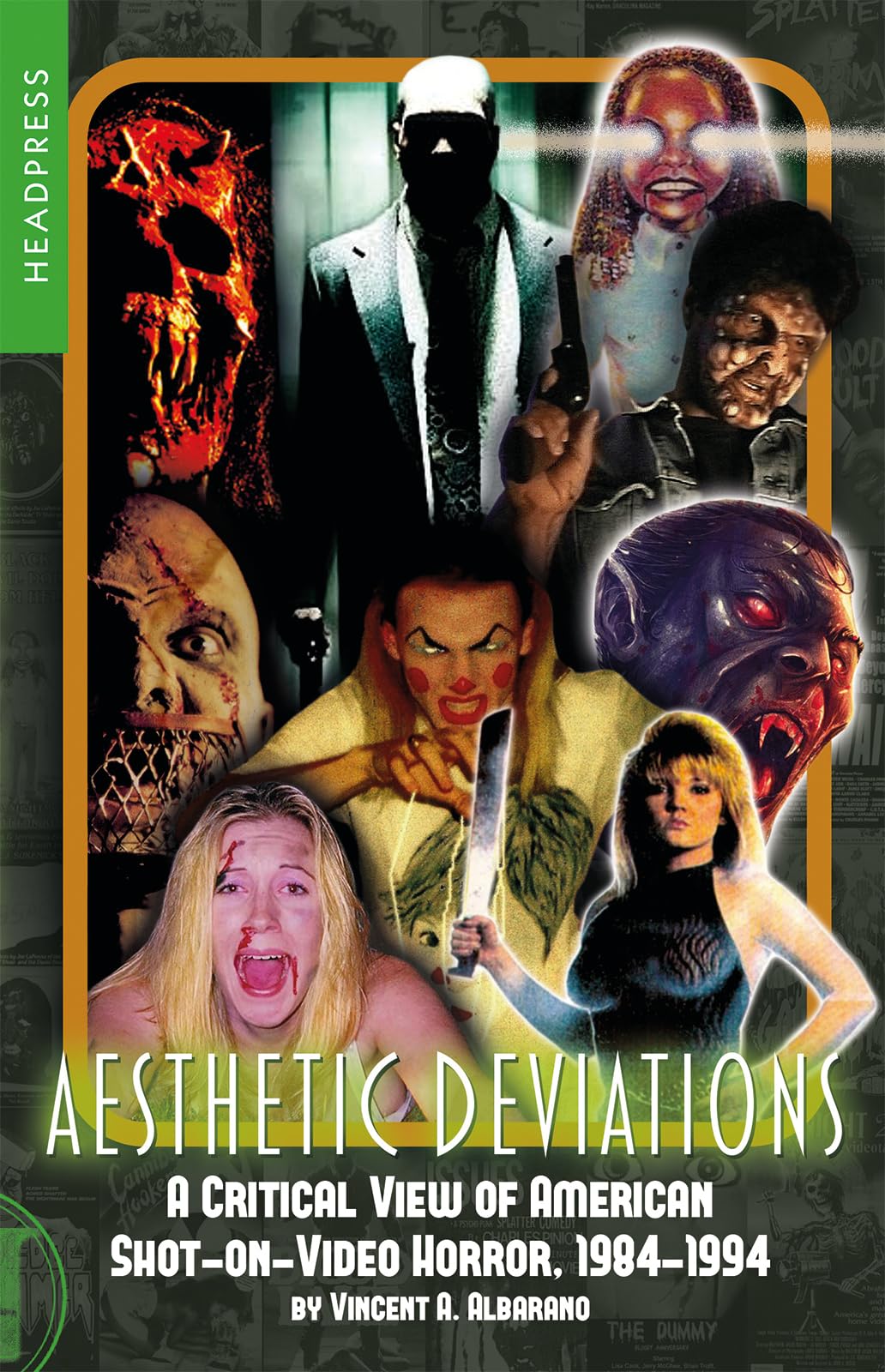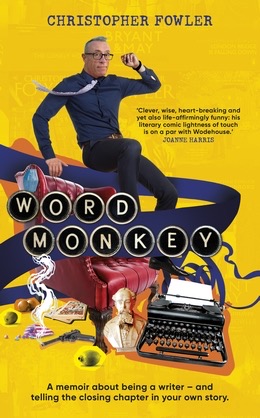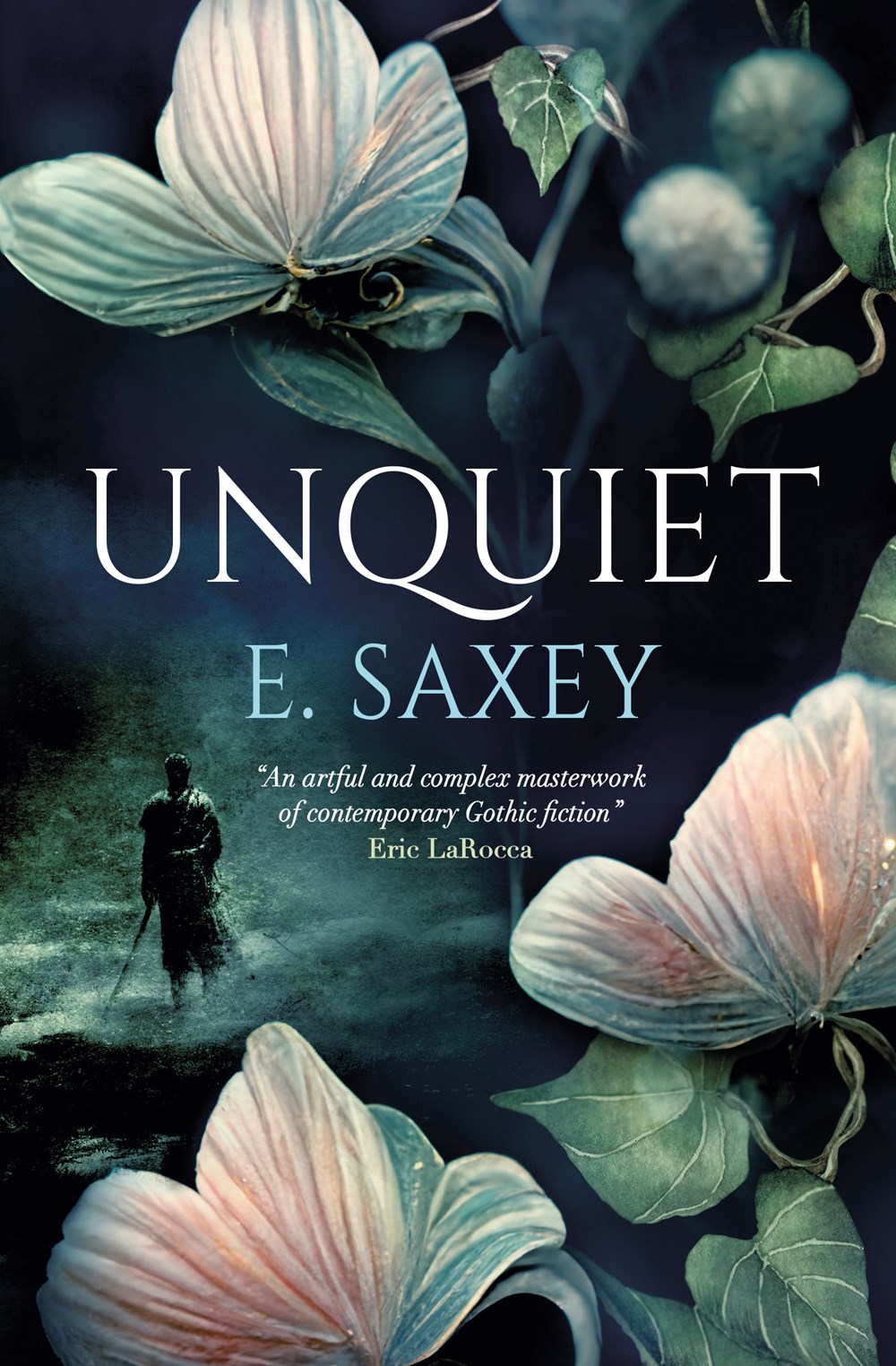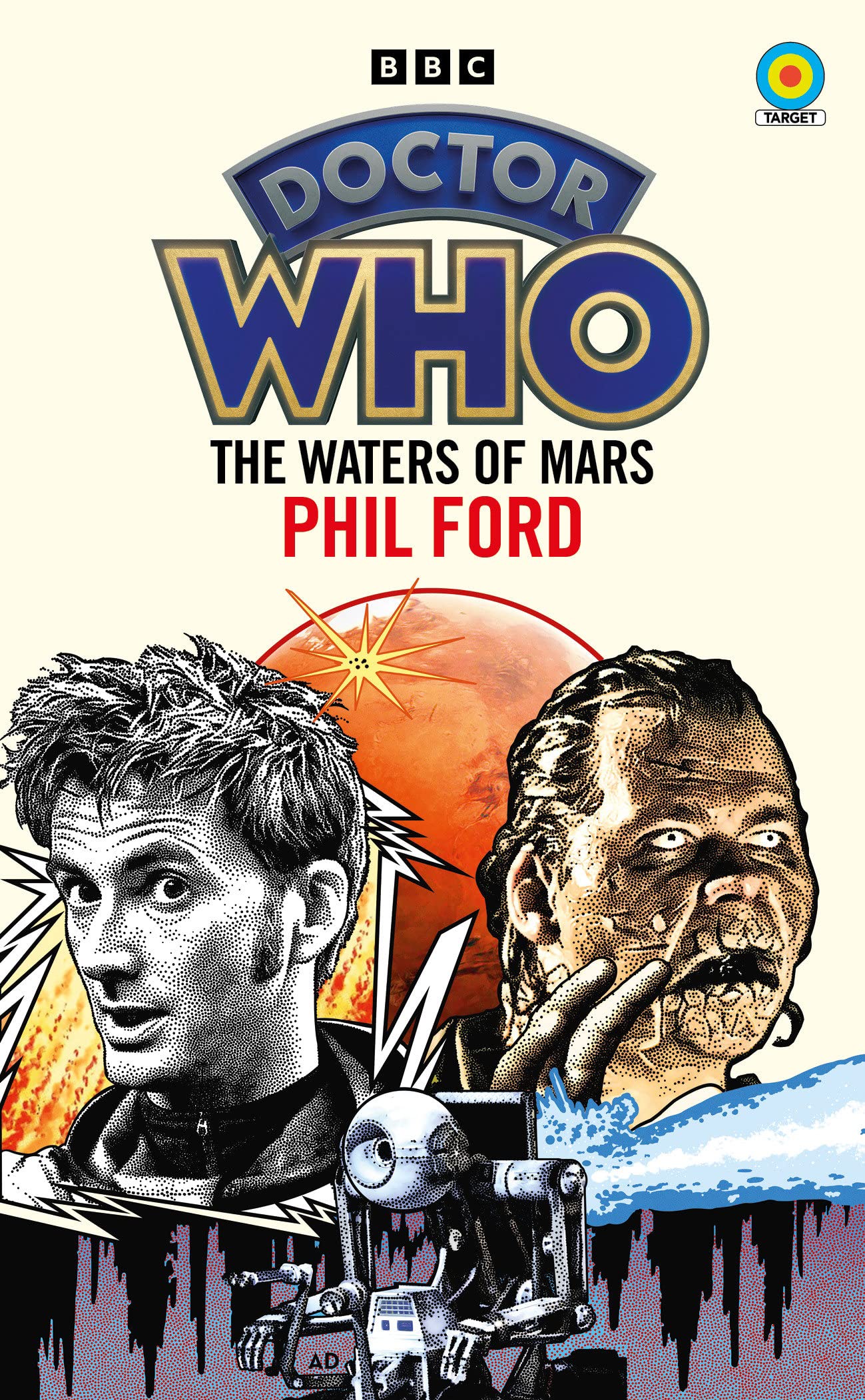by Paul Mount
In 1972, Piccolo Books (an imprint of Pan Books in the UK) issued a slim paperback volume (just over 100 pages) entitled The Making of Doctor Who, co-written by scriptwriter Malcolm Hulke and series script editor Terrance Dicks. The book was an extraordinary gateway back to what felt like a dim and distant past (bearing in mind that the show was yet to reach its tenth anniversary) and was the first book to consider the history of the programme and how it came to the screen. The following year, the BBC released its glossy 10th Anniversary Special magazine, and for years, the two publications became the go-to Bibles for fans interested in the history of Doctor Who. But even so, the origins of the series were still something of a mystery; despite Malcolm Hulke’s best endeavours to identify who actually created the series, the best he could manage for The Making of Doctor Who was “the idea came from two men working at the British Broadcasting Corporation – Sydney Newman and Donald Wilson.” The intervening years – and endless exhaustive hours spent digging deep into the dustiest corners of the BBC’s written archive (now located at Caversham) by determined journalists and enthusiasts – have told us that the story is much more convoluted, involving far more than just “two men working at the British Broadcasting Corporation.” Pull to Open, Paul Hayes’ latest extraordinary book (and follow-up to The Long Game, his stunning chronicle of how the show was resurrected in the 21st century), takes us on a journey back in time to the very first stirrings of the BBC’s vague interest in mining the science fiction genre for TV ‘content’ (as it’s referred to these days) to the stumbling steps that turned the embryonic idea of a new Saturday evening family serial into a television legend that has endured for sixty years.
It’s a wonderful story, but not just because it’s about Doctor Who at its rawest; it’s irresistible for anyone interested in the ‘early’ days of television and how shows were created, commissioned and made back in the 1960s when the medium was finding its feet, testing its boundaries and willing to take the sort of risks unthinkable to narrow-minded modern day TV commissioners. Pull To Open is a book that collates already-discovered information about the origins of Doctor Who – Hayes readily admits that much of the legwork has been done by those who preceded him – but puts it into a proper historical context that, together with much newly-discovered material and with full reference to documents preserved in the BBC archive, creates an enthralling narrative that, despite the fact that we all know its outcome, is often a thrill-ride in and of itself. As Doctor Who began to take shape in 1963, the stumbling blocks that fell in its way before it arrived on screen in November 1963 almost led to its cancellation before its birth and even shortly after it arrived on screen.
The story of Doctor Who begins in April 1962, when Eric Maschwitz, the Assistant and Adviser to the Controller of Programmes at BBC Television, commissioned a report about the viability of ‘literary science fiction and its relevance to BBC television drama’ from Alice Frick and Donald Bull. Such is Hayes’ thoroughness he proceeds to give us potted biographies of Maschwitz, Frick, and Bull, whose connection to Doctor Who goes no further than a four-page report submitted sometime later. But this report is inarguably the ‘seed’ that would, via circuitous circumstance, lead to new BBC Head of Drama Sydney Newman encouraging the commissioning of a family-audience science fiction adventure the following year. What’s clear from Pull To Open is that whilst it’s impossible to pin down an actual single creator of the series (and we’re told that Malcolm Hulke’s attempts to find out back in 1972 are surprisingly determined), the show was very much committee-driven, different aspects of its format springing from the imaginations of a number of creatives tasked with hammering out the idea once it was finally on the drawing board.
Pull To Open is another formidable work of long-form investigative journalism. Paul Hayes has crafted a wonderfully readable time capsule of a TV era long gone; his cast of characters is vividly brought back to life (every major player gets their own brief and illuminating bio), and literally no stone has been left unturned as he attempts – and succeeds – in pulling together all the disparate strands of the story of how Doctor Who made its bumpy way to the screen alongside its place on an ever-changing world stage. What emerges is also a story of creative determination in the face of considerable corporate resistance – there were those at the BBC who firmly believed that Doctor Who was an expensive waste of time and resources or beyond the technical ability of the Corporation at the time. Hayes has turned what could be dry, arid stuff into a real and engrossing page-turner; this isn’t a ‘pretty pictures’ book by any means, but an impressively detailed and intricate examination of the culture of British TV and its players in the early 1960s as much as it’s about how Doctor Who came into being. Pull To Open is a brilliant and important book, surely the last word in research into the dim and distant days before Doctor Who lit up our lives, a fitting tribute not only to the show itself but also to those whose perseverance made it happen. Books about the history of British TV in general and Doctor Who in particular don’t get much more essential than this one.
Pull To Open is available now from Ten Acre Films Books.


